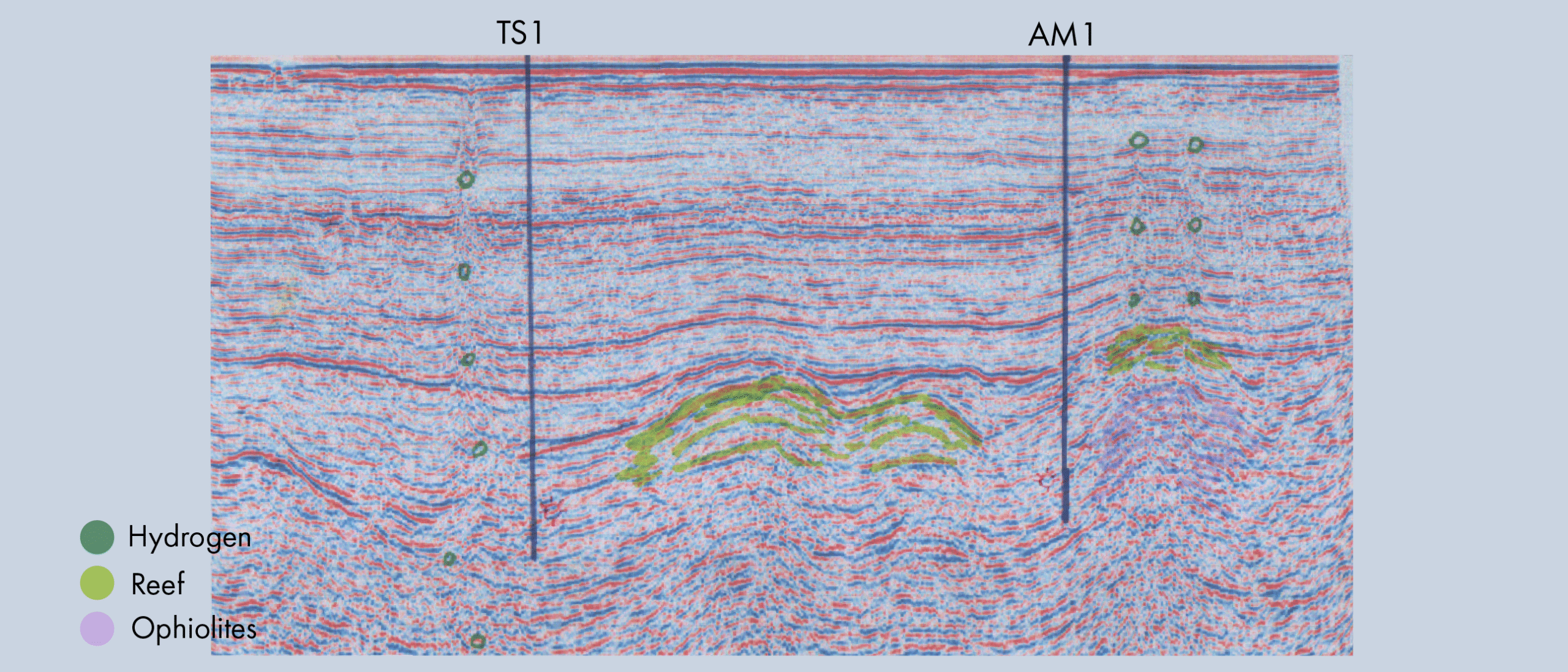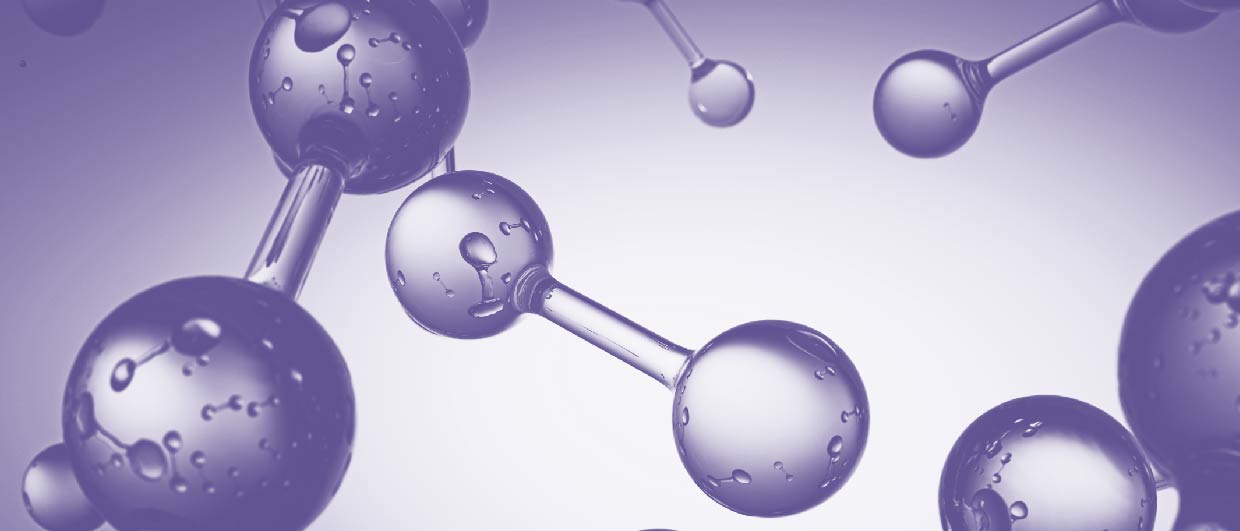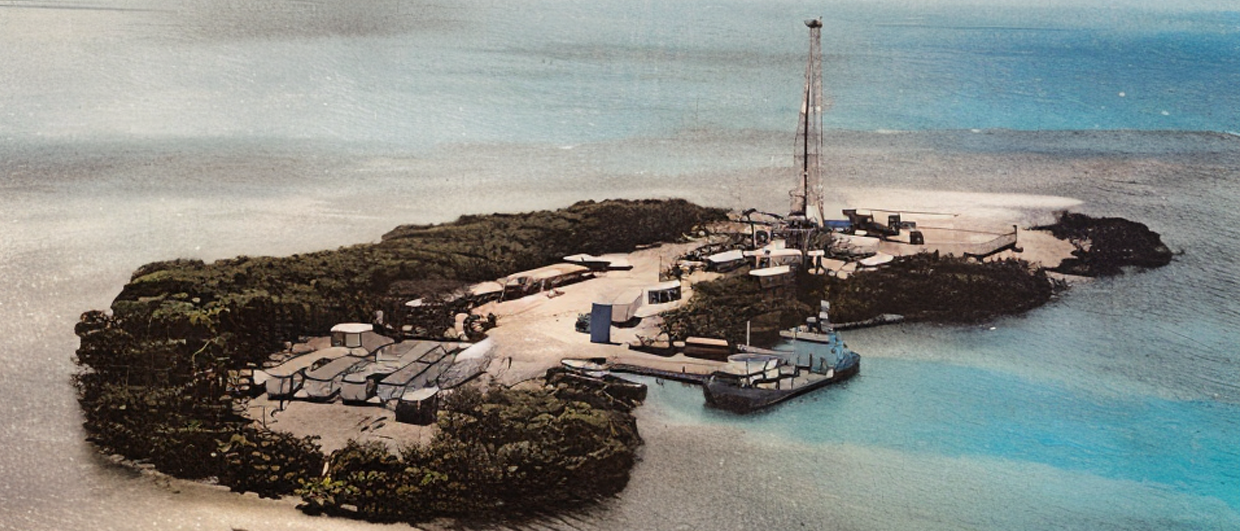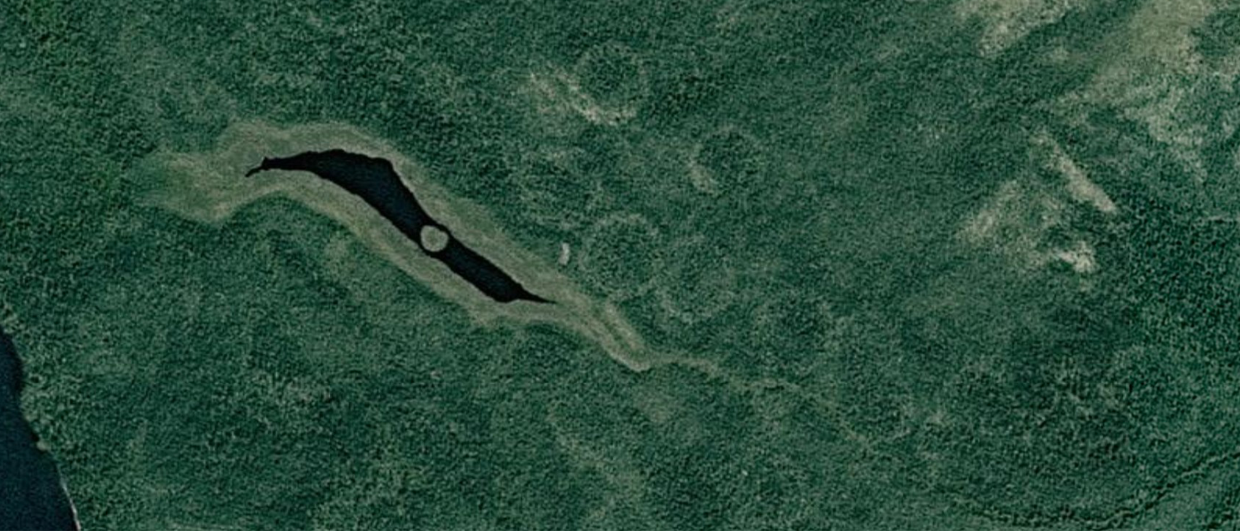Although the hydrogen energy industry as a whole is advancing at a rapid pace, the exploration for natural occurring hydrogen is still in its infancy.
Yet, change seems around the corner as the initial results of the world’s first wildcat well that specifically targeted natural hydrogen looks promising. The Hoarty NE3 well, a joint venture between Hyterra Ltd and Natural Hydrogen Energy LLC, is located near Geneva city in Nebraska, USA, and targeted hydrogen in Precambrian basement.
Wireline logging discovered two prospective zones with elevated H2 concentrations and increased rock porosity. The high porosity is attributed to highly fractured zones in the basement. The source of the hydrogen is yet unknown but could be due to water-rock interactions.
H2 is flammable at concentrations as low as 4% in air, which leaves plenty of room for the presence of non-combustible gases.
Gas samples taken during swab testing did not yield conclusive geochemical results but the gas evacuated from the annulus did burn with a clear, smoke-free flame. Hyterra states that “the flare burnt with a transparent flame and was interpreted to indicate the predominance of hydrogen.”
However, it should be nuanced that a clear flame only means that hydrogen is the dominant combustible gas in the gas stream. H2 is flammable at concentrations as low as 4% in air, which leaves plenty of room for the presence of non-combustible gases. A potentially large proportion of the gas stream could be made up of subsurface nitrogen, CO2 or helium, or a combination thereof.
Especially the presence of significant CO2 would be problematic as it would offset the low carbon footprint of natural hydrogen production. The absence of significant hydrocarbons can be presumed because its combustion would have coloured the flare flame blue, or, in case of incomplete combustion, the flame would have turned red/yellow and produced smoke.
To get a better understanding of gas composition, reservoir pressure and flow rate, an extended well test is scheduled to start this month. The test will last for approximately 3 months. The operation will involve installing an electrical submersible pump (ESP) to dewater the well and thereby remove the hydrostatic pressure to allow flow of subsurface gases. The investors are hoping to find a high percentage of hydrogen and will additionally test whether commercial quantities of helium are present.





